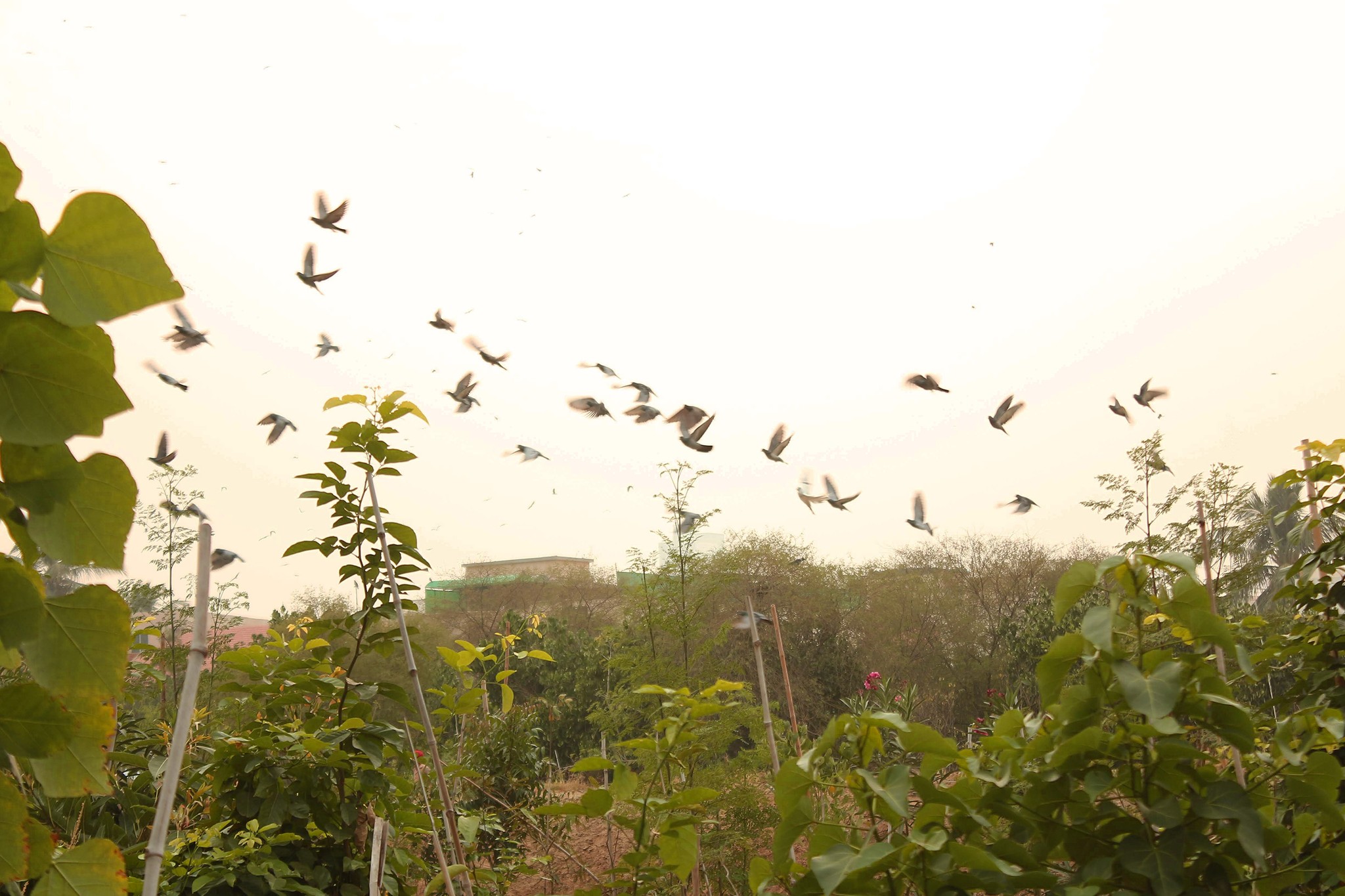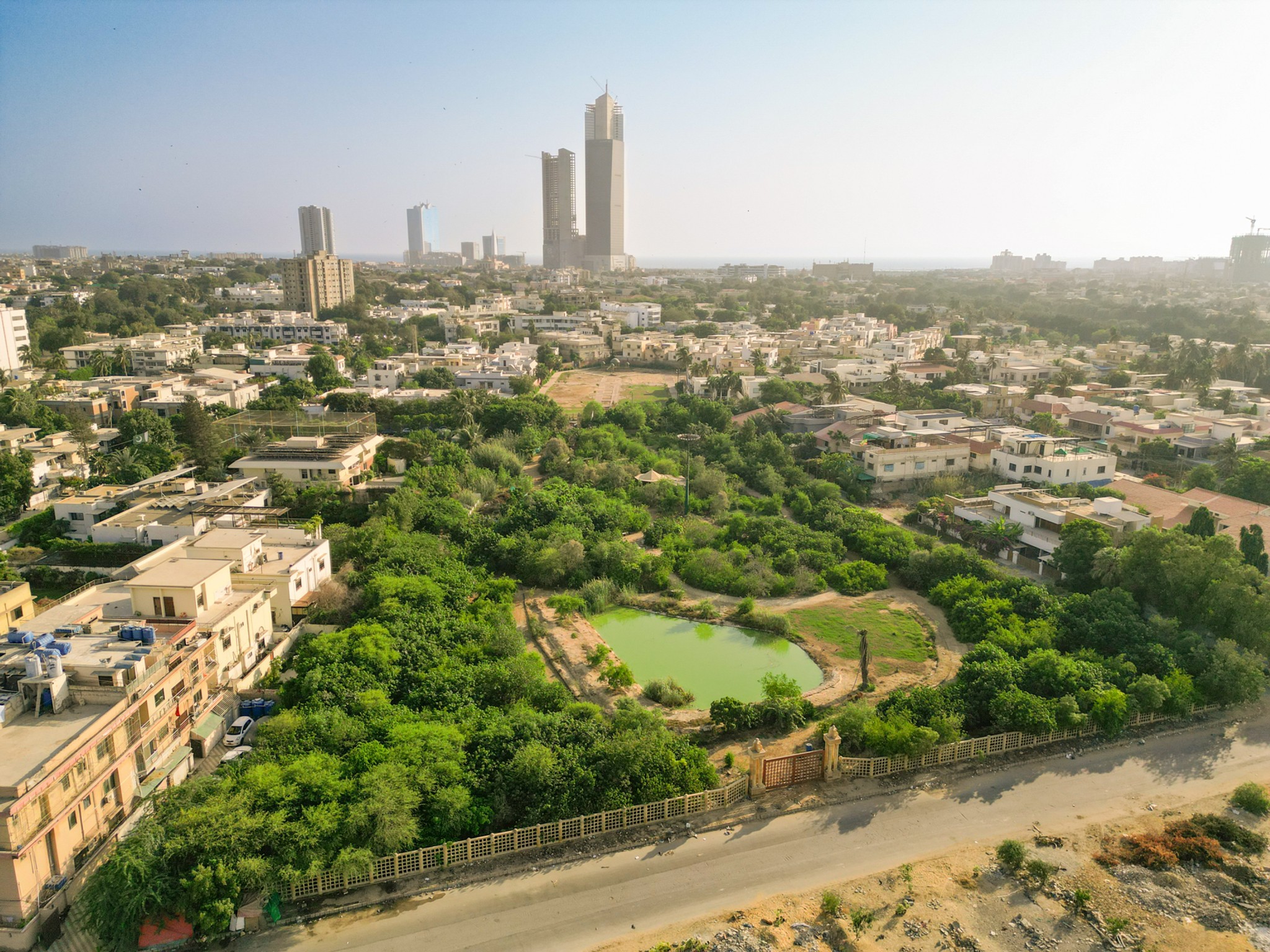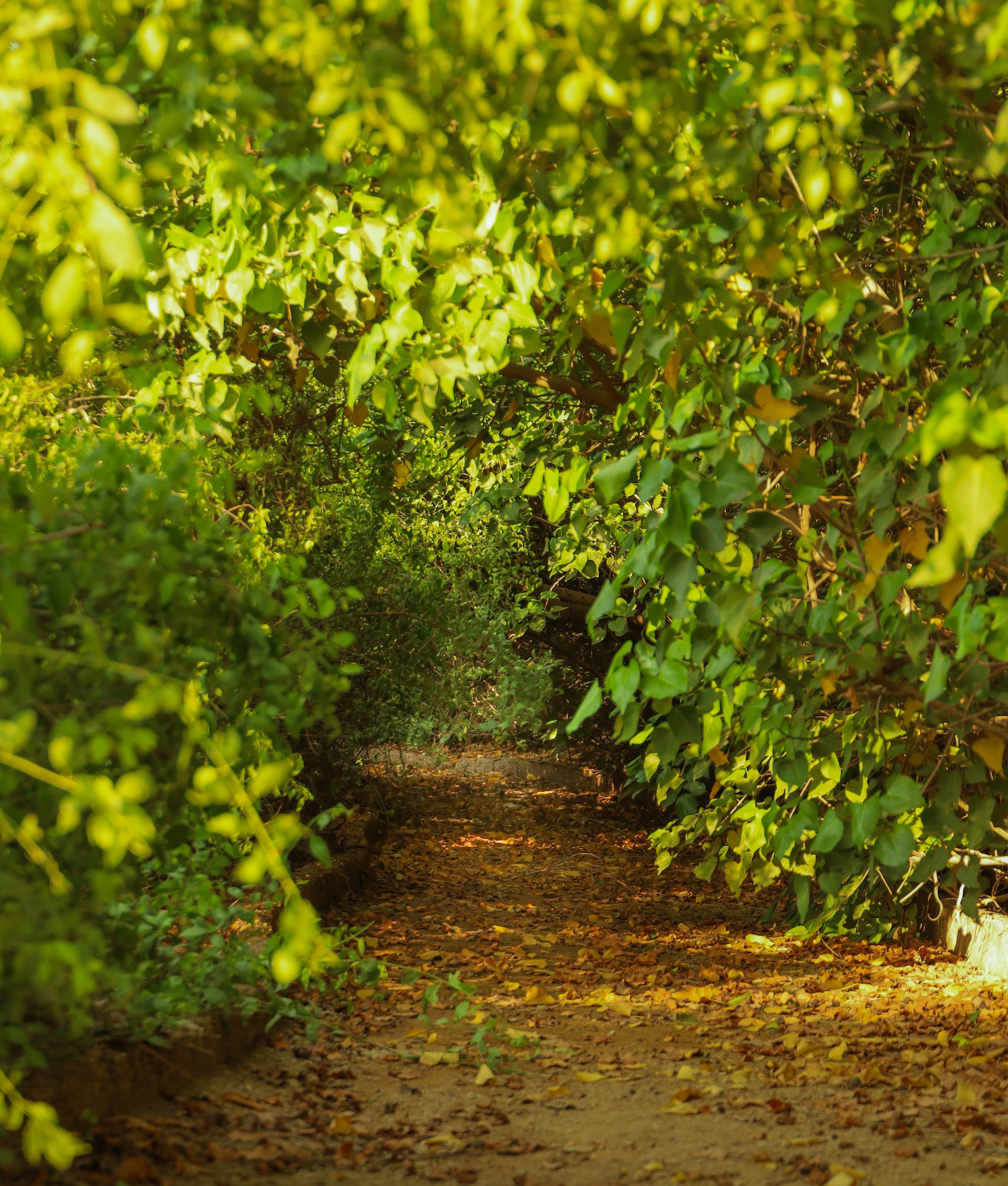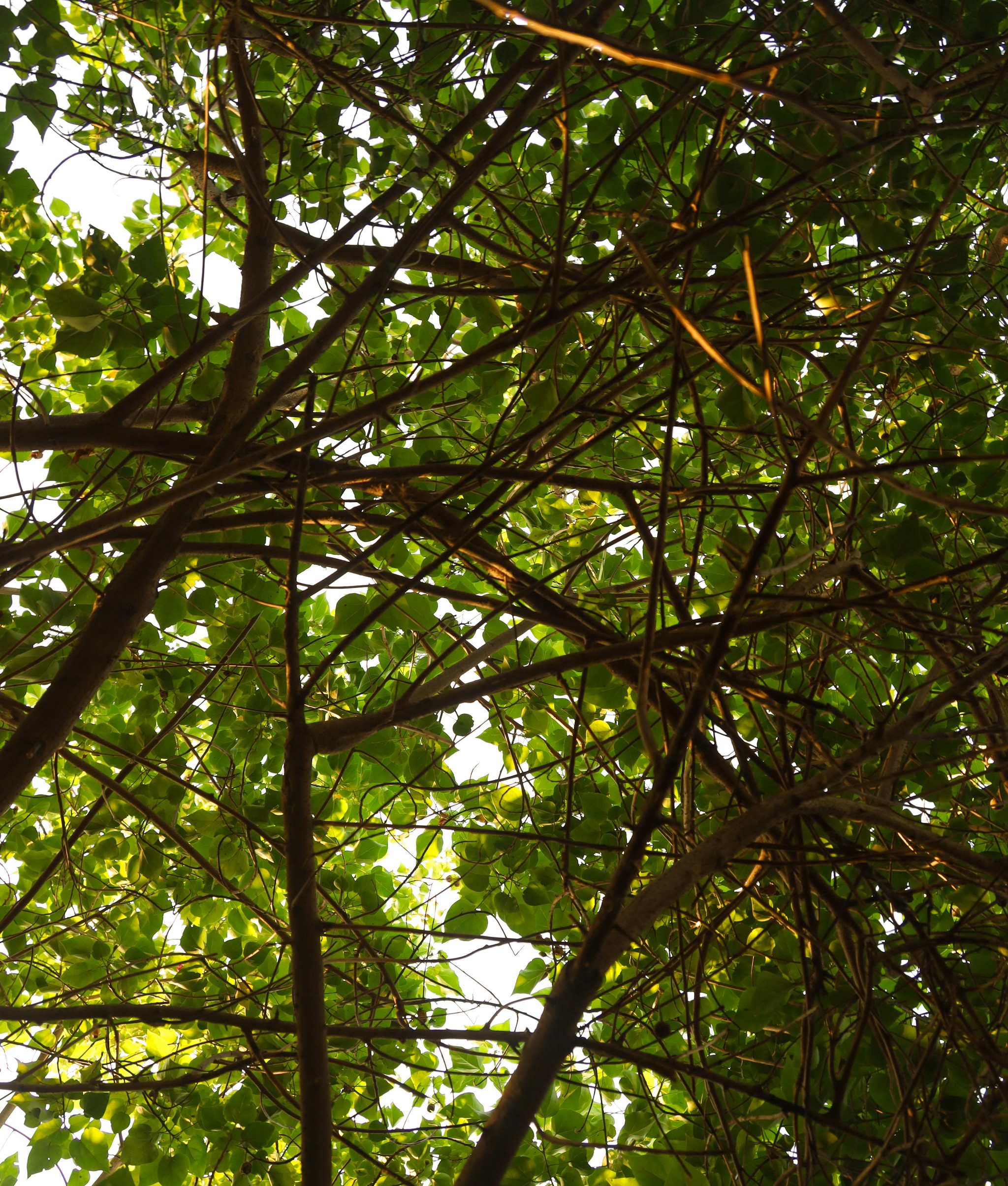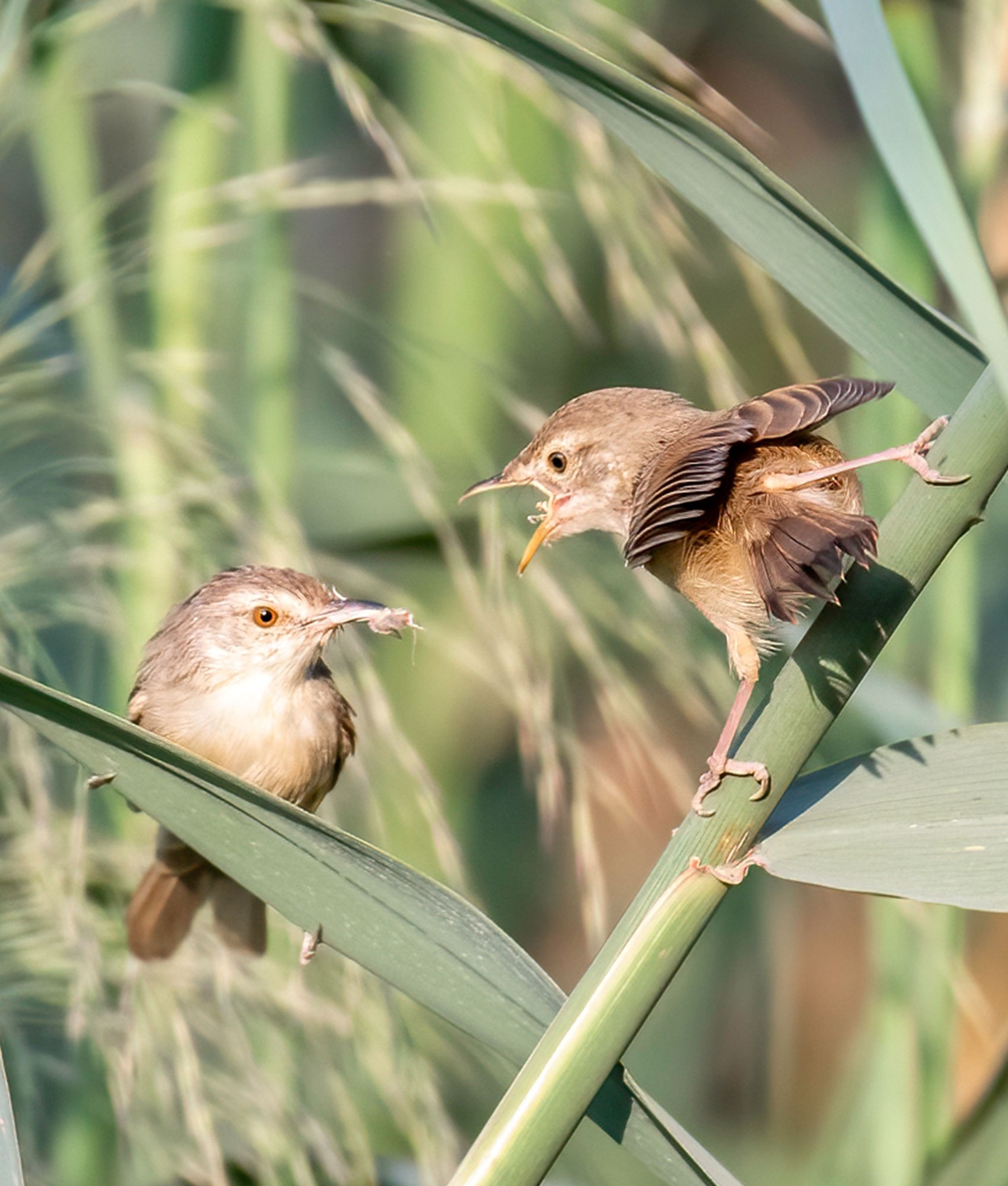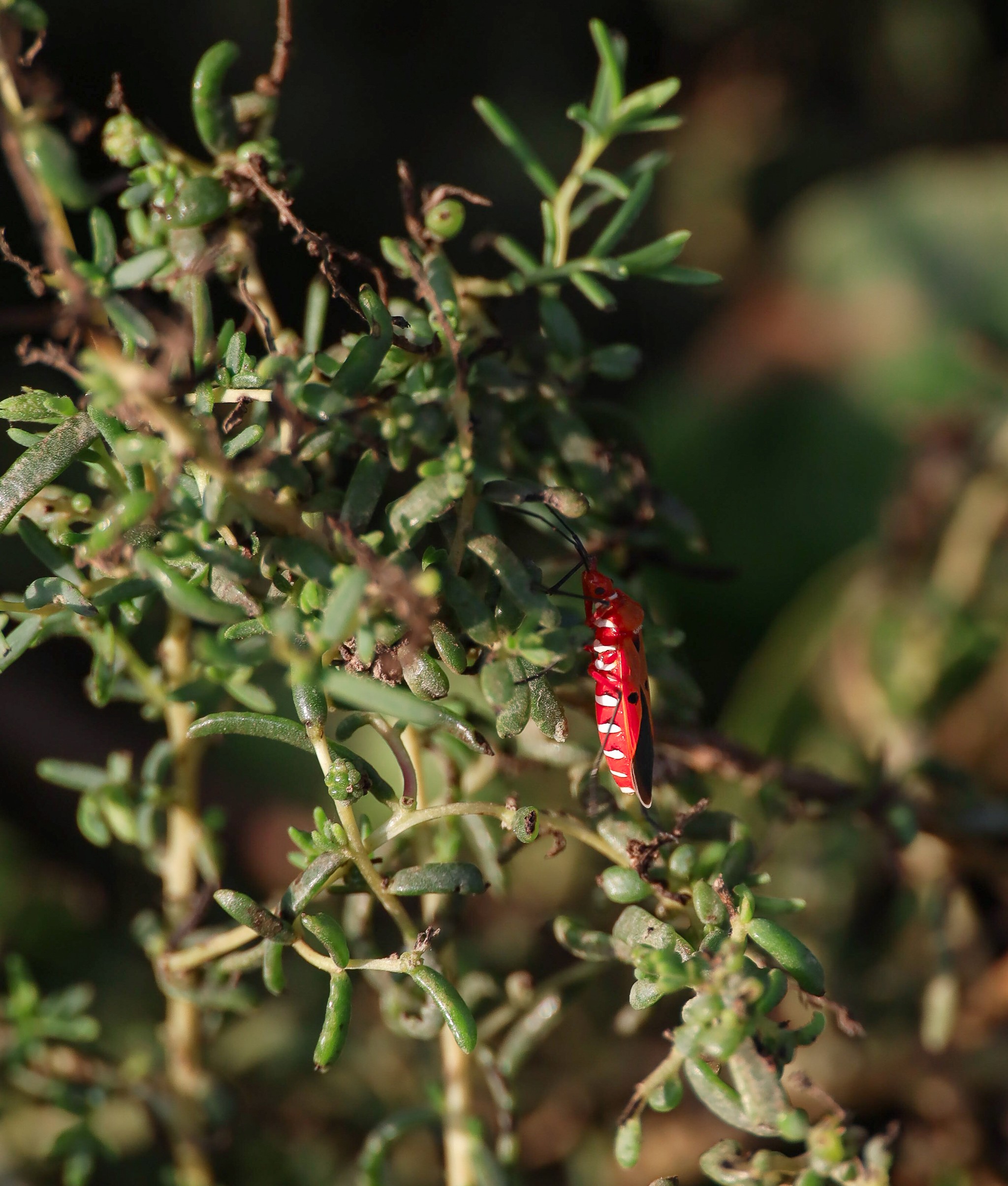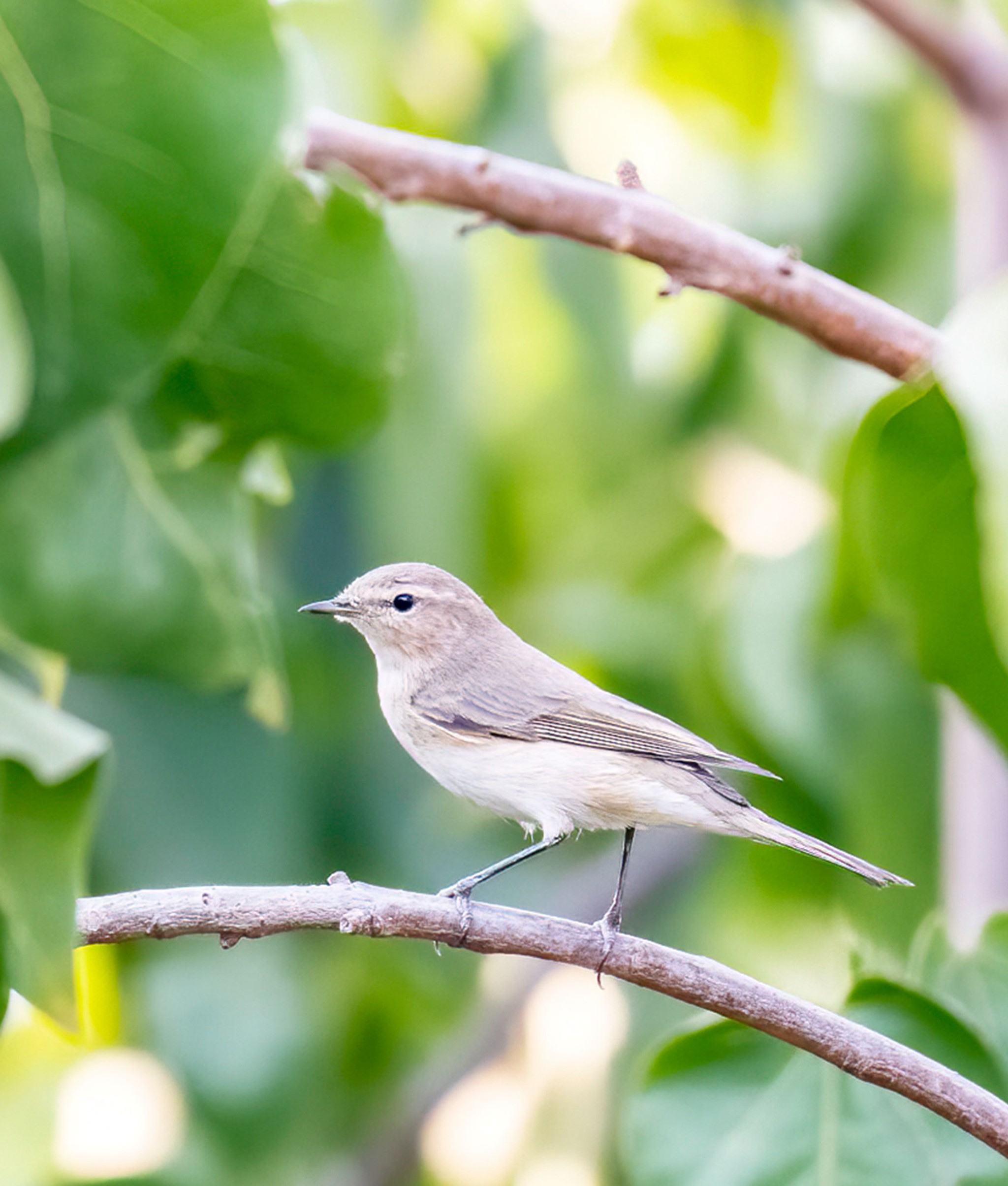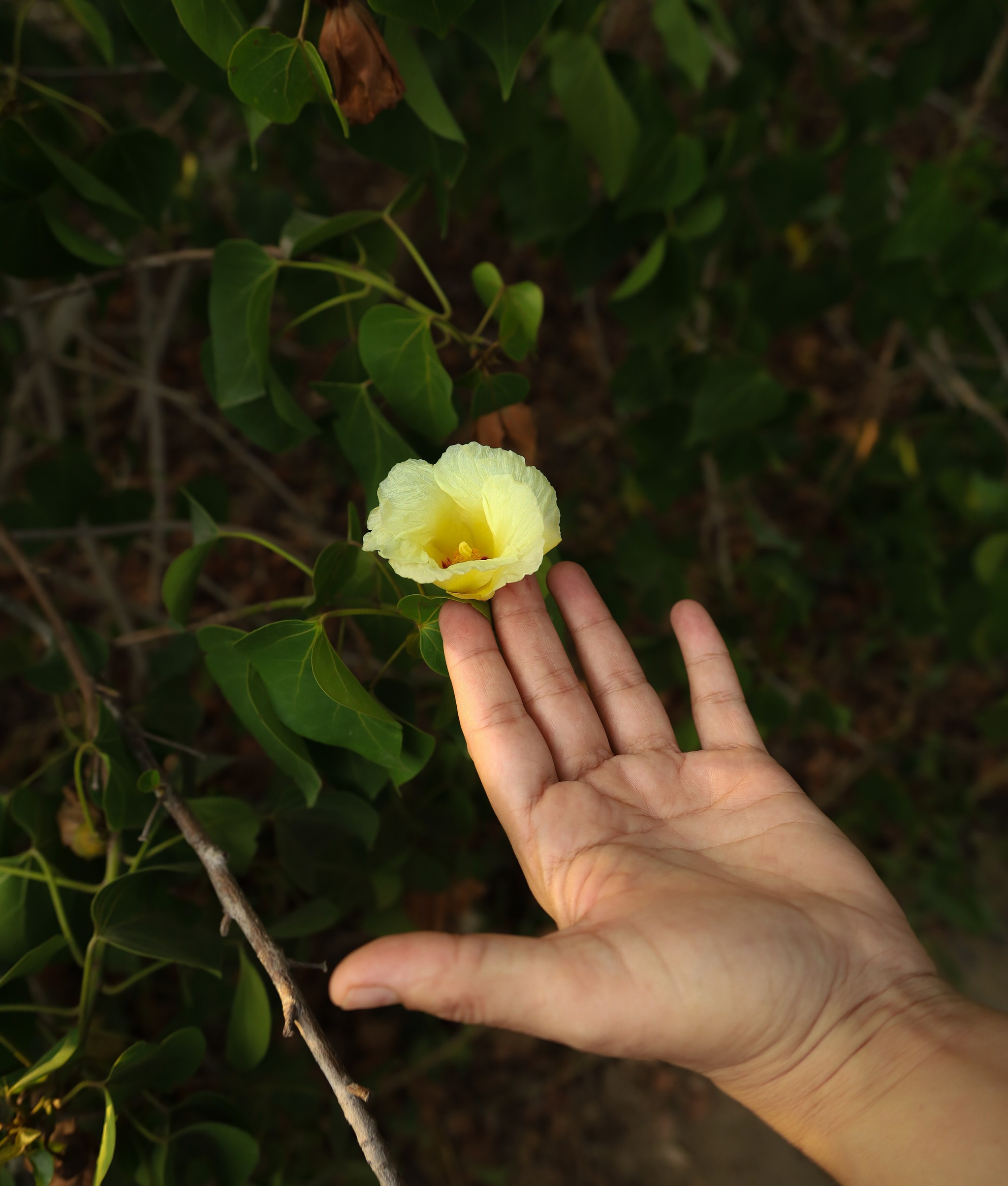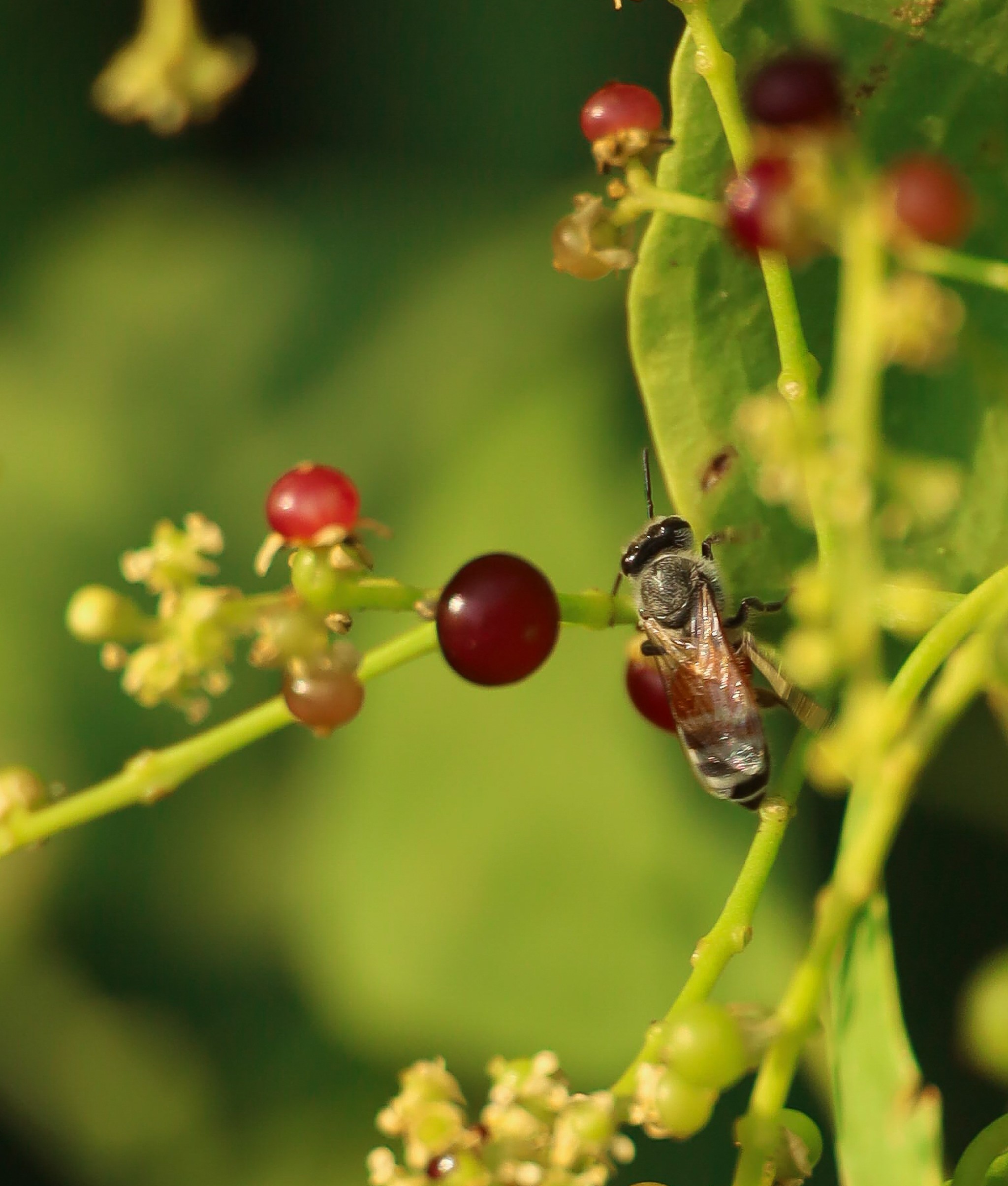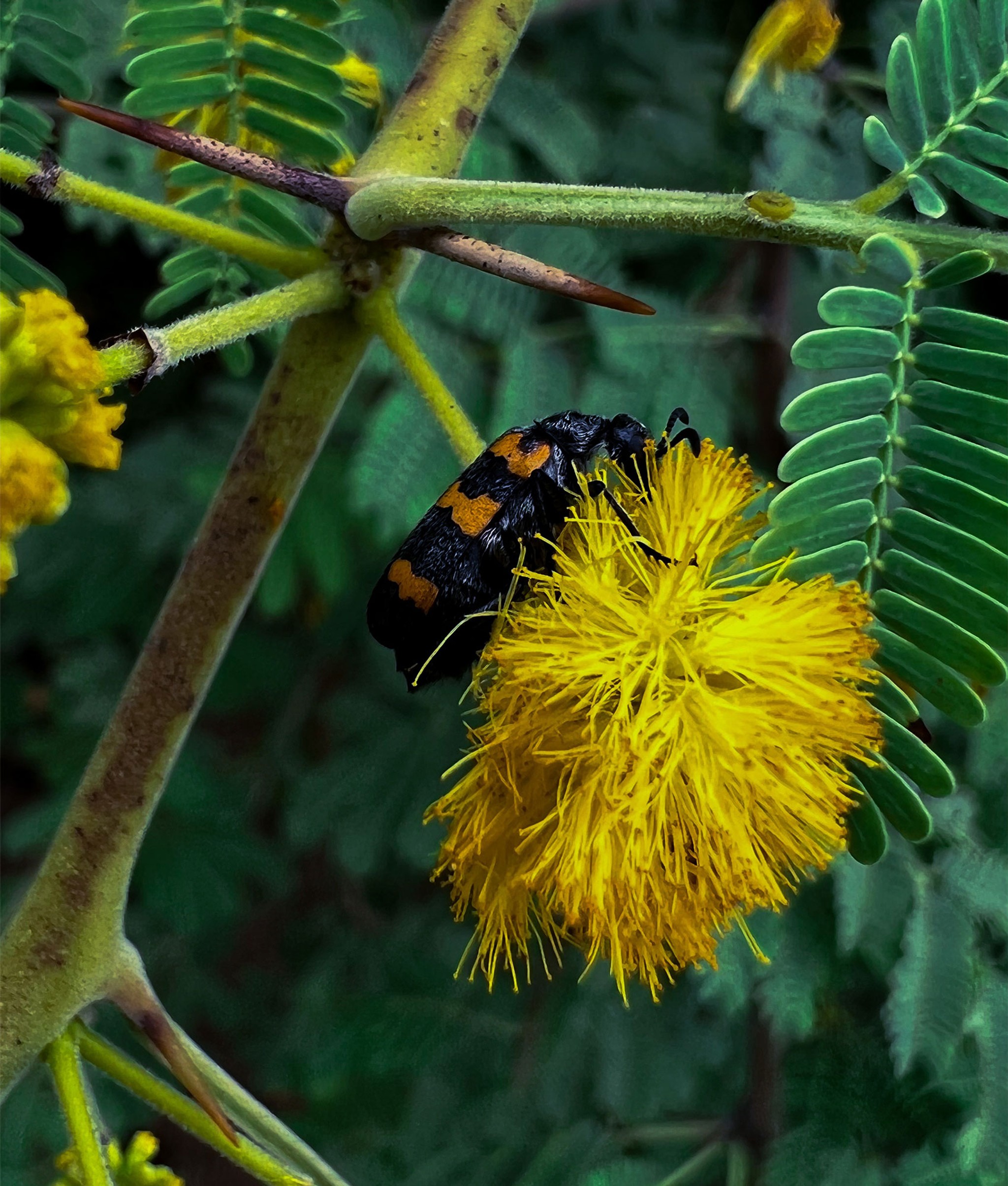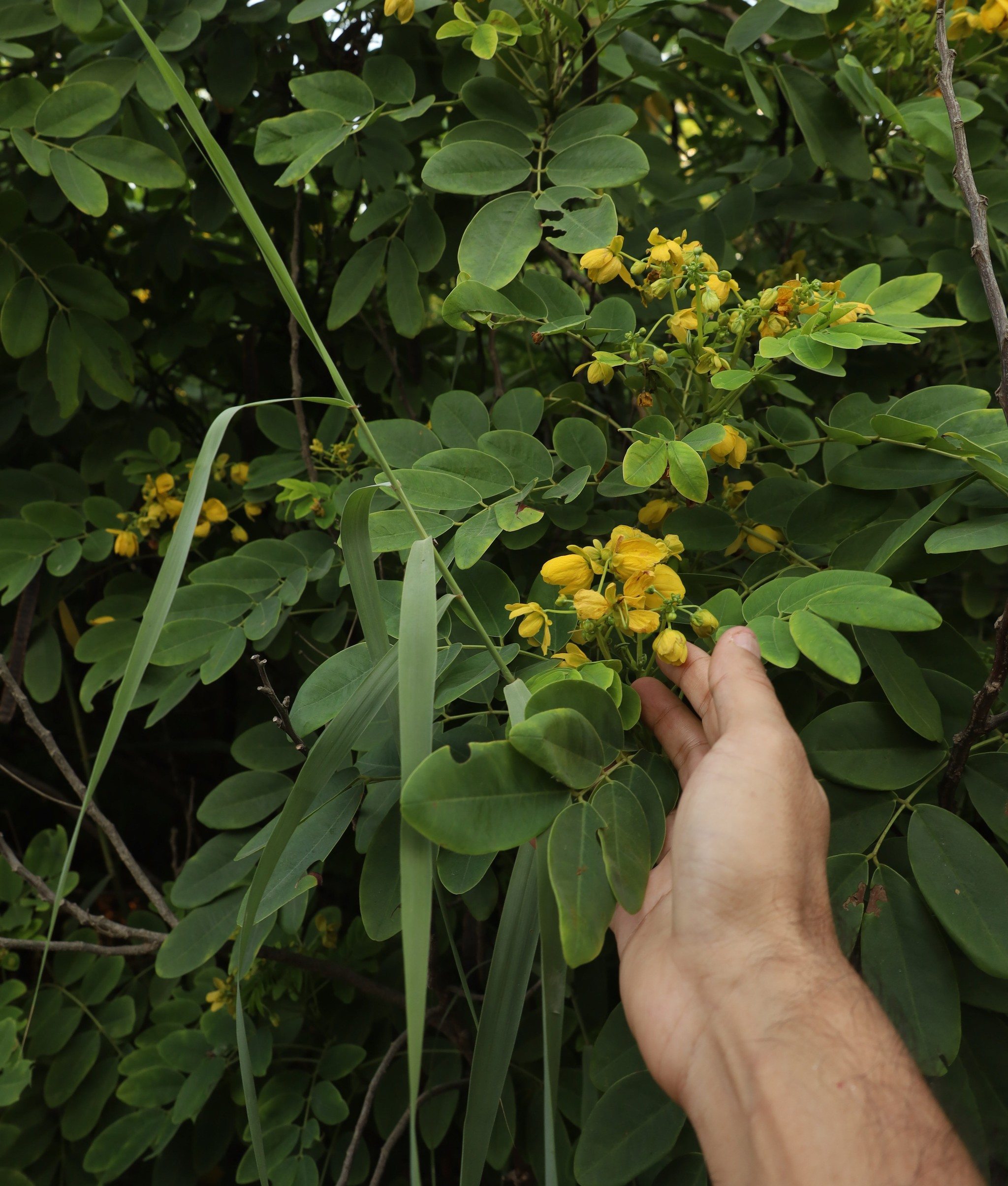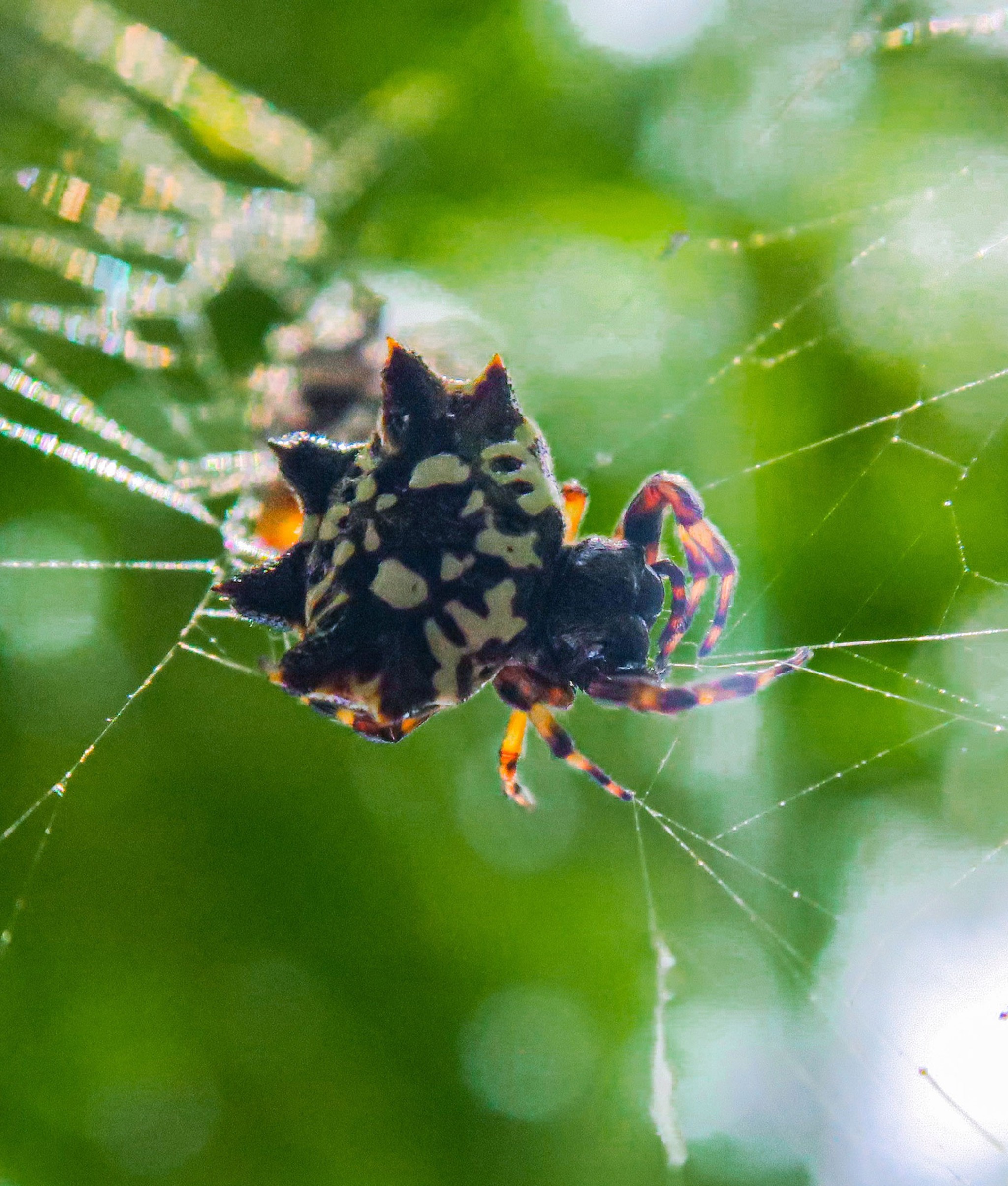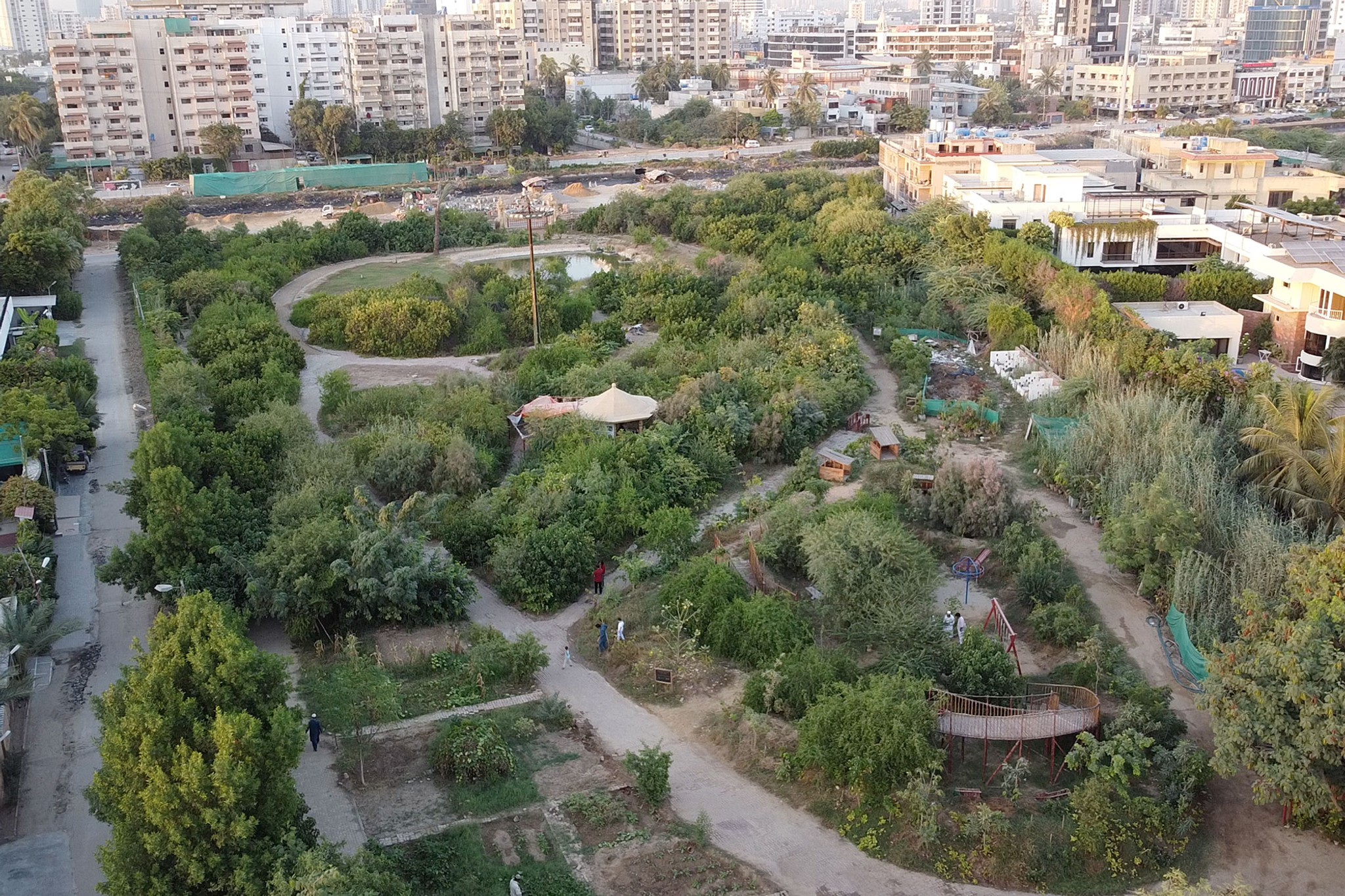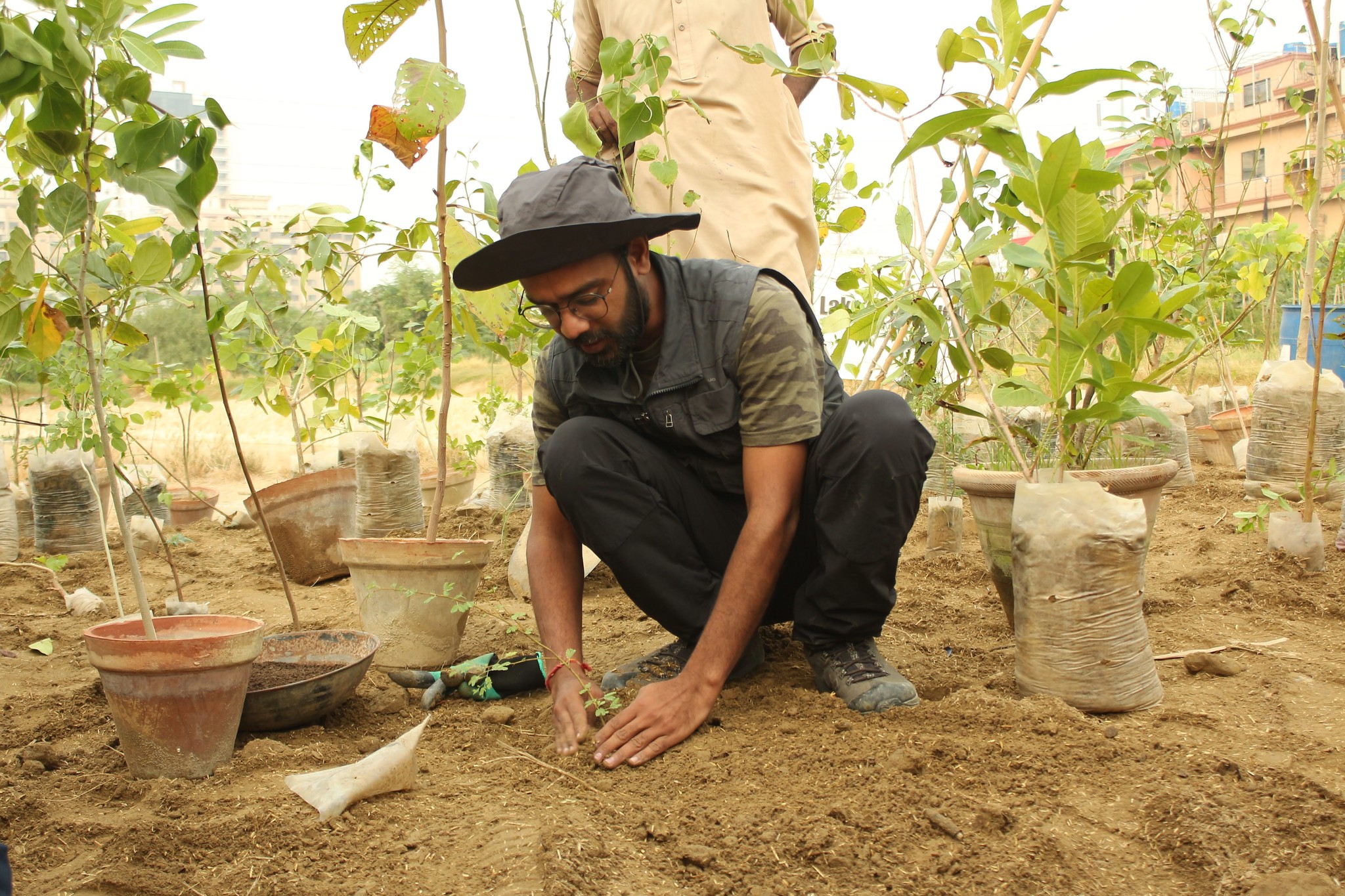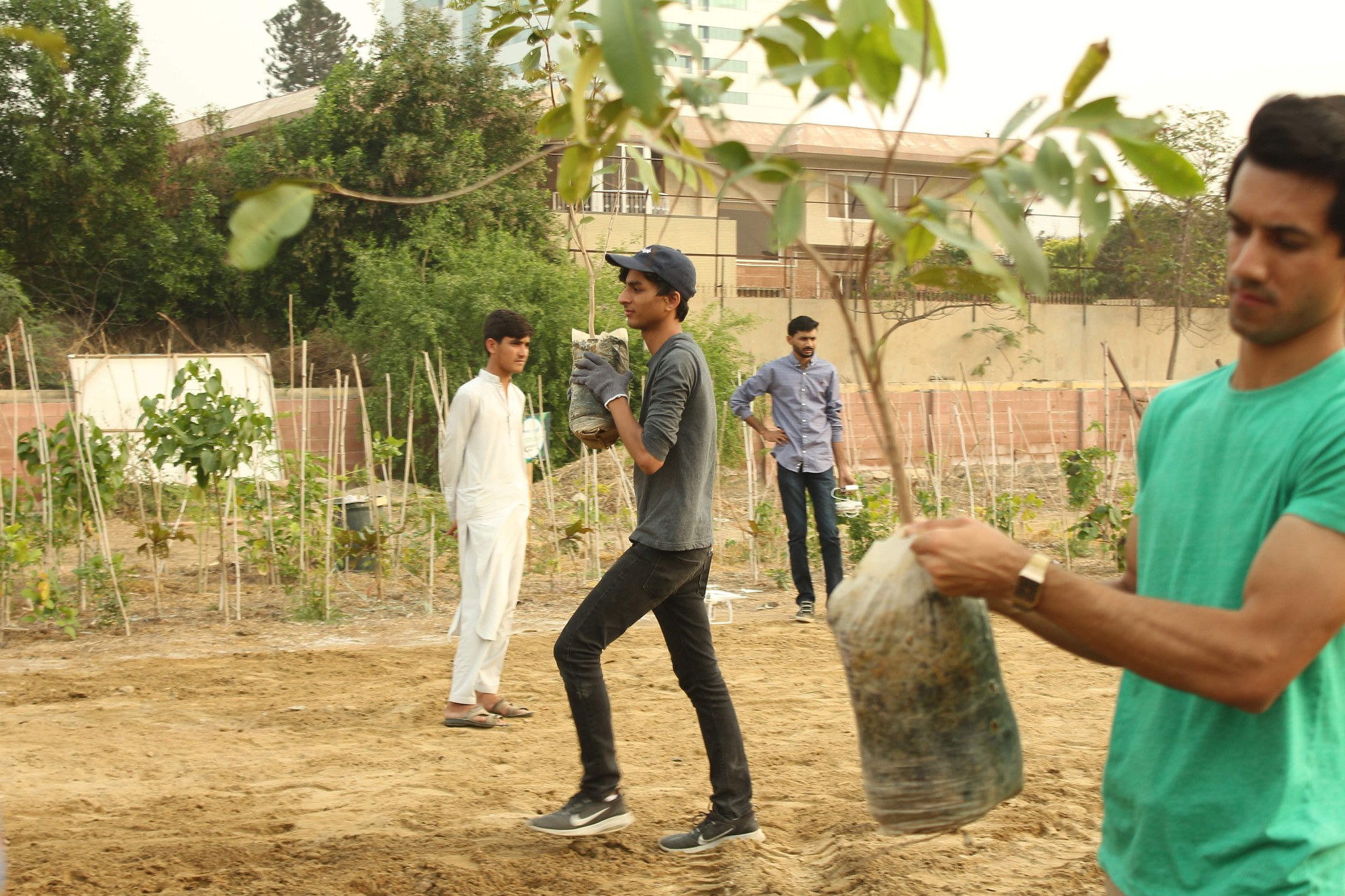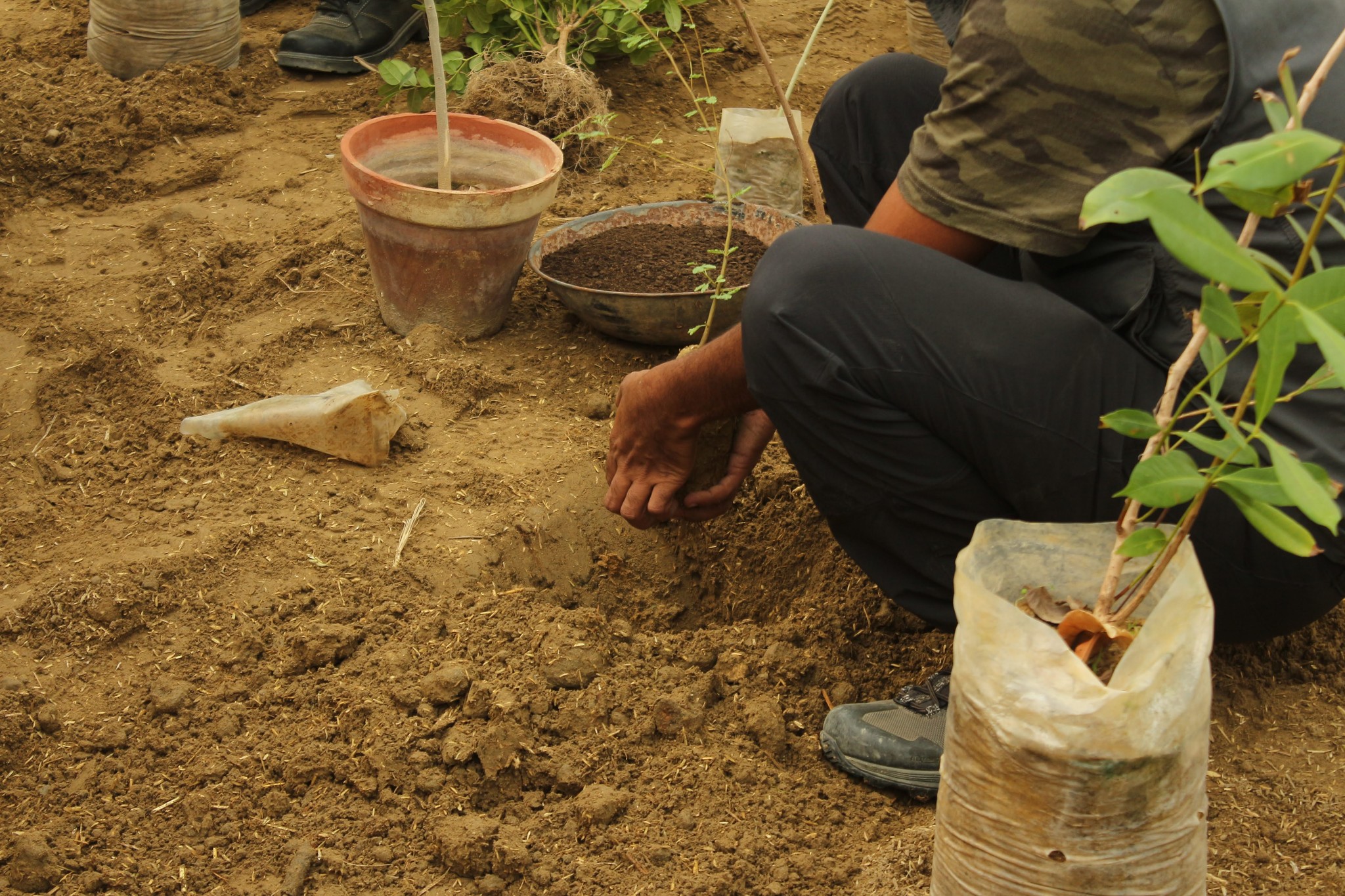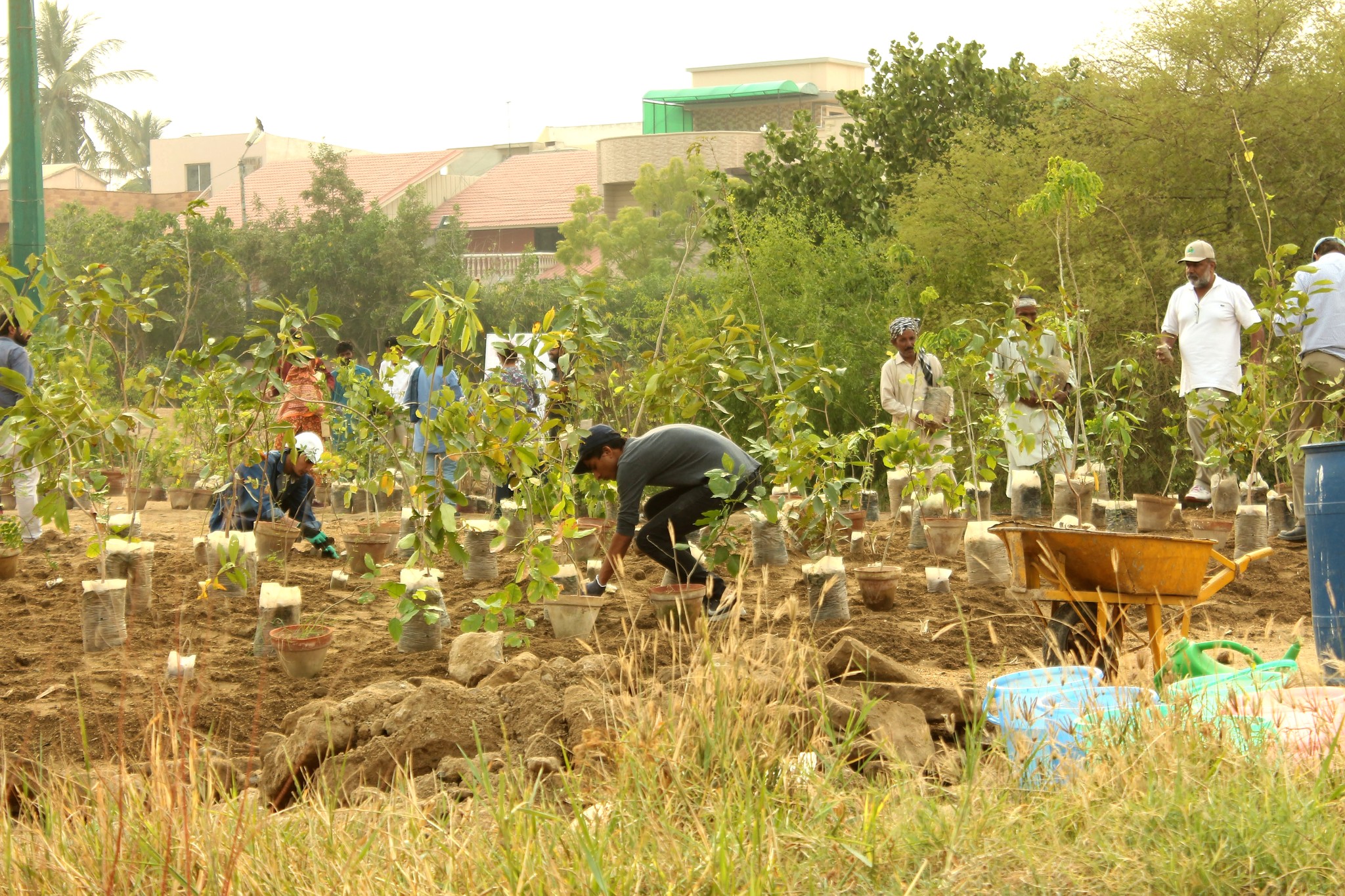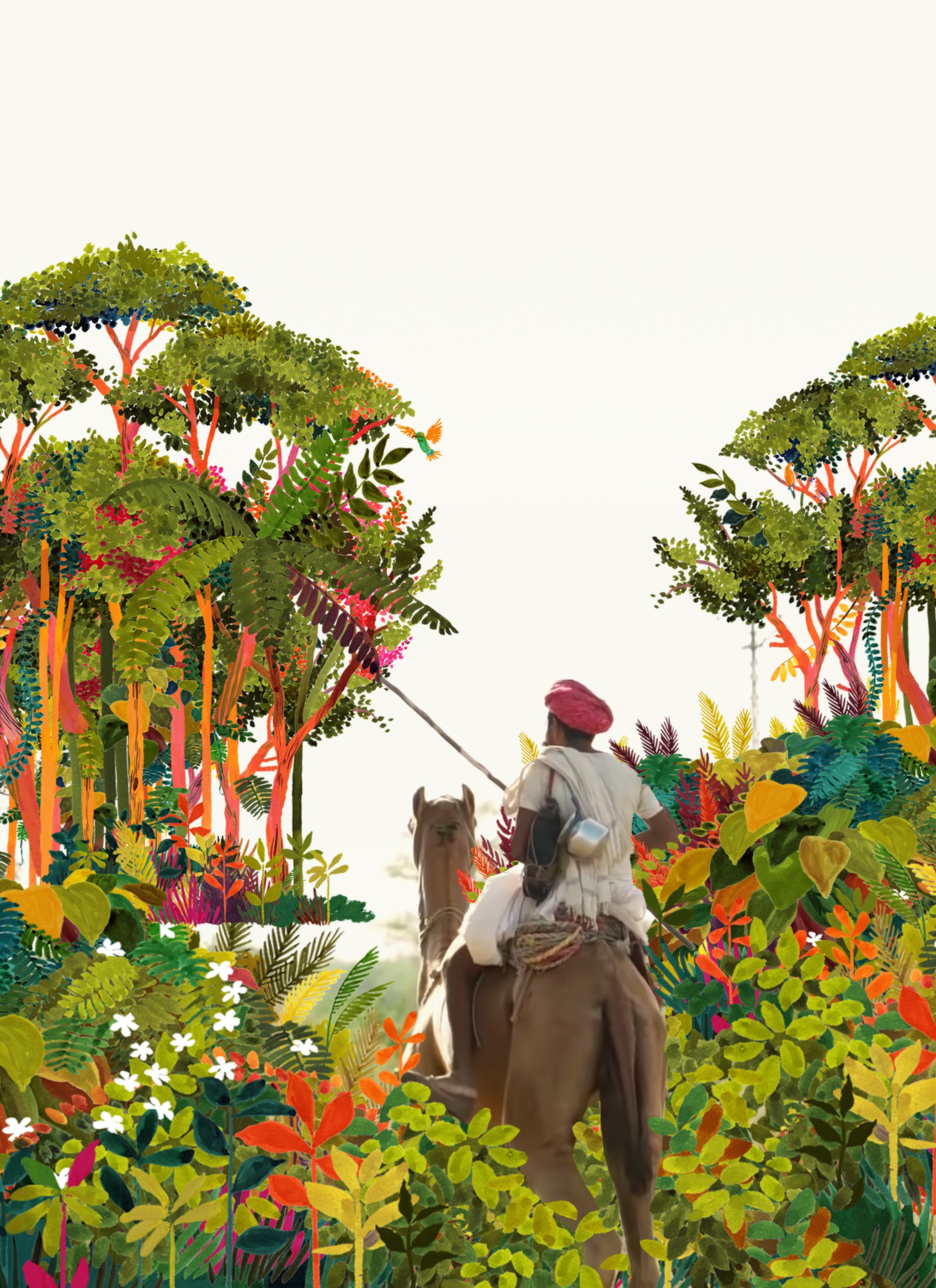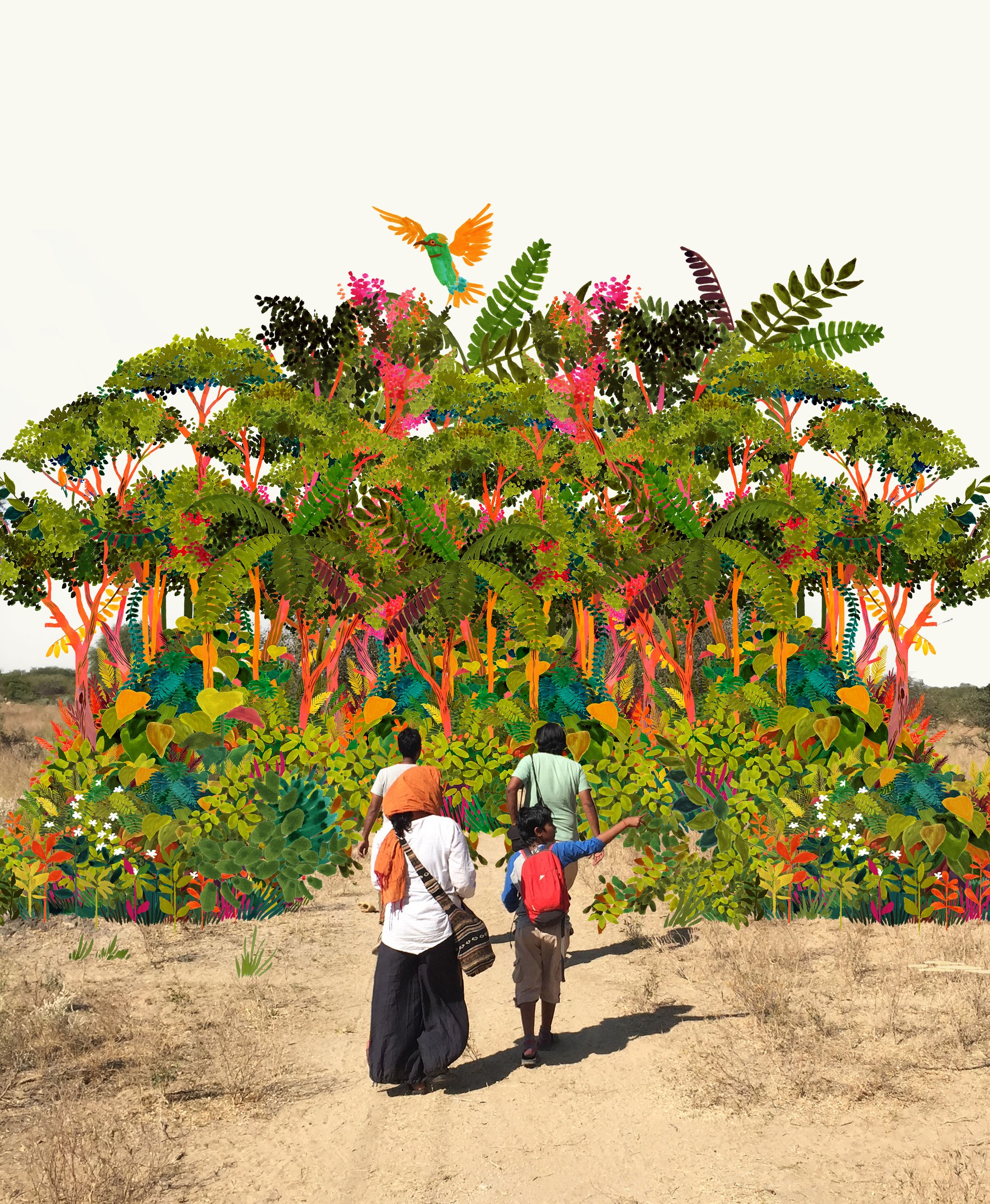Clifton Urban Forest
A game-changing green lung in the center of Karachi.


0
Trees
0
Square Meters
0
Native Species
Self Sustaining Forest
Clifton Urban Forest, planted in September 2020, is a true success in the heart of Karachi. The once-untouched area now boasts a thriving ecosystem, with trees like the grey-leaved saucerberry towering at impressive heights.
During the extreme flooding of 2022, the forest played a crucial role in absorbing excess water, showcasing the power of tapping into Nature’s solutions when considering urban planning. The forest has become a peaceful retreat for the local community, providing a green oasis where people can relax, meditate, and enjoy the sounds of Nature.
The forest, with its continued growth, plays a crucial role in providing a rich and diverse habitat for the local wildlife. Among the various species that thrive in this environment are several bird species, such as the Asian koel (Eudynamys scolopaceus) and the Indian silverbill (Euodice malabarica). The koel, a member of the cuckoo family, is known for its distinctive call, while the silverbill helps with seed dispersal, supporting the forest's growing biodiversity.
Forest Maker
Shahzad Qureshi
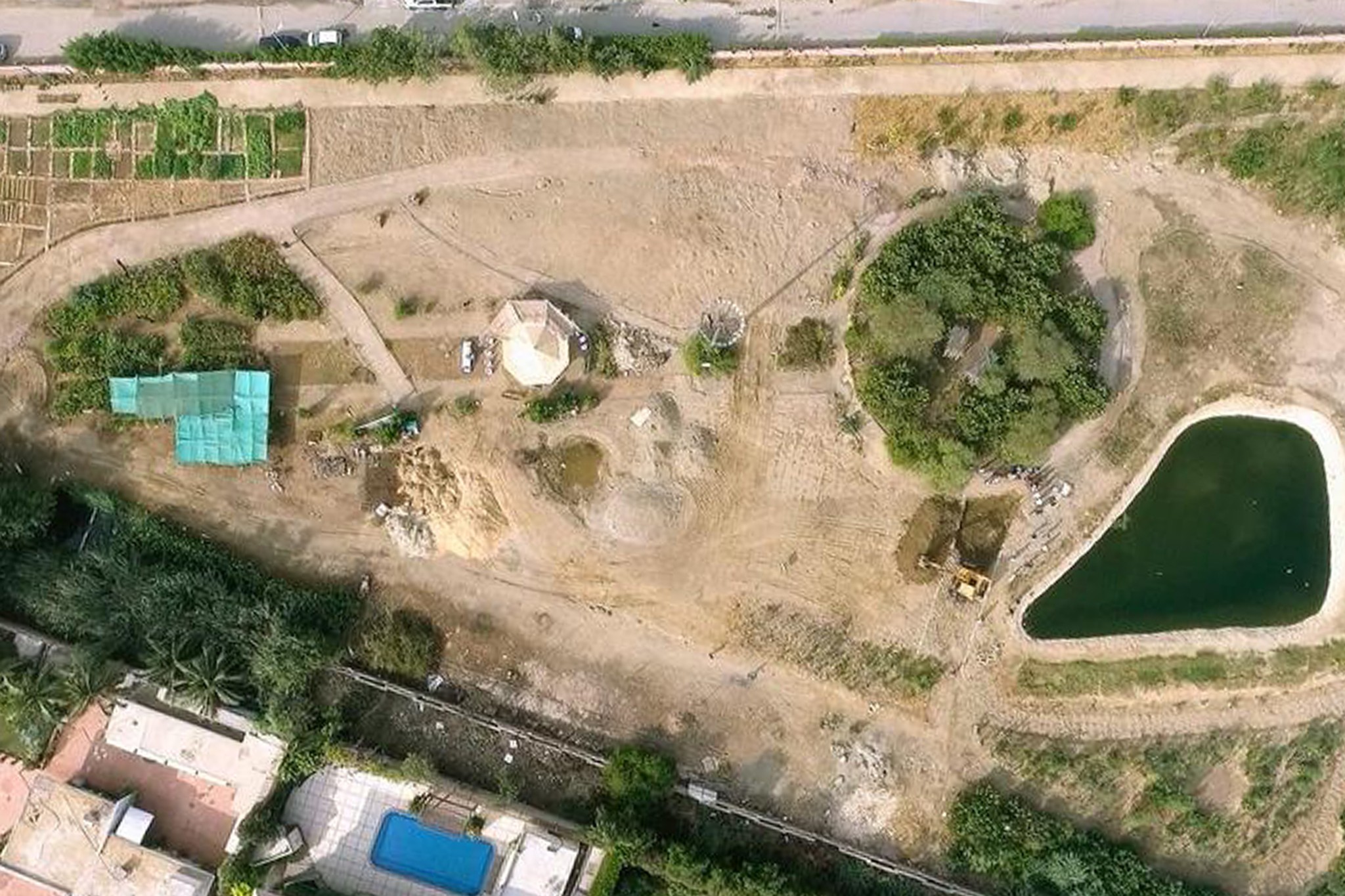
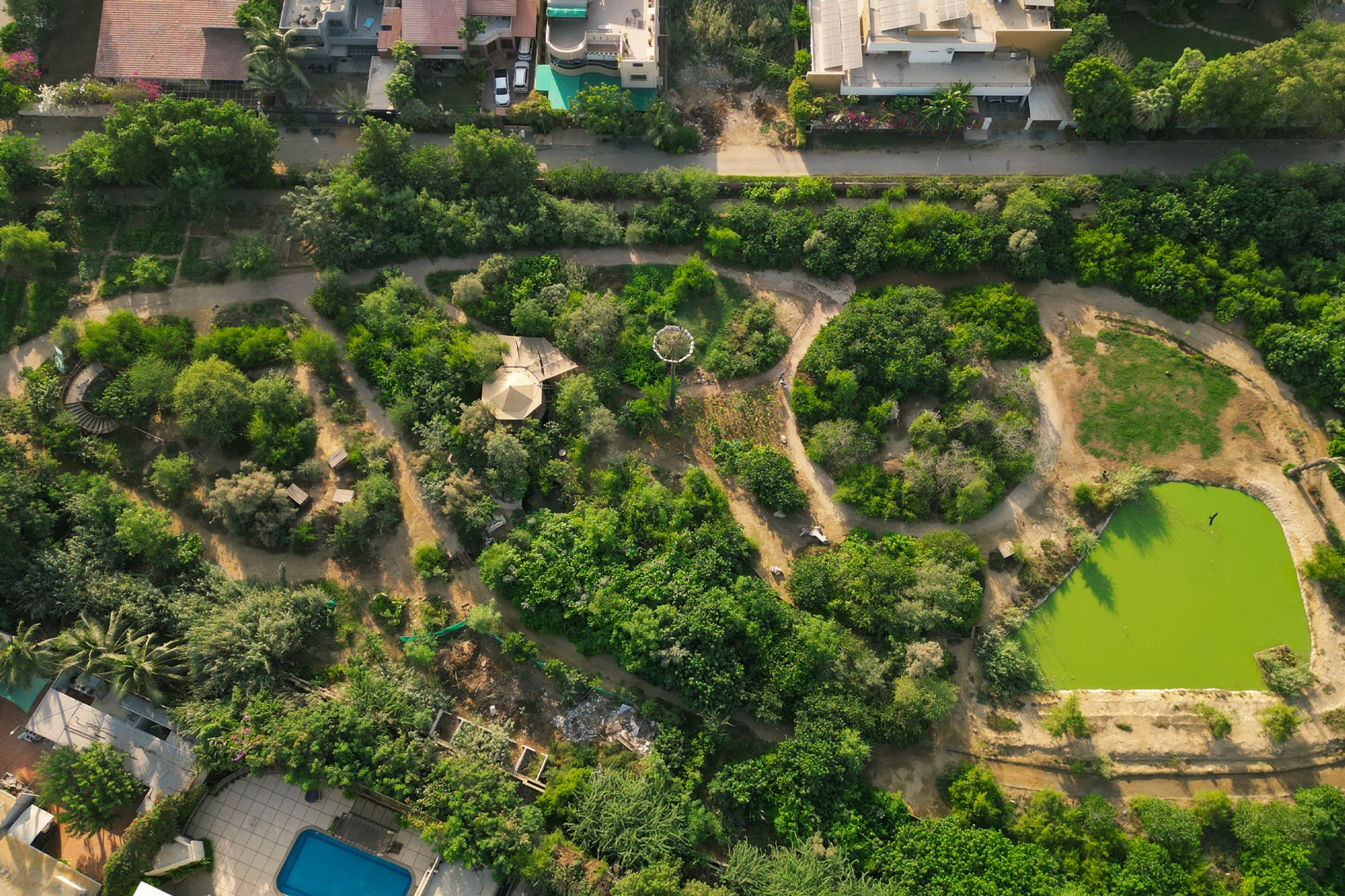
Ecosystem Restored
Final report: 18.12.2024
After approximately three years our SUGi Pocket Forests become self-sustaining. They no longer require human maintenance or watering, and can be handed over to Nature for biodiversity and complexity to naturally develop.
0%
Survival Rate
0
People living within 300 meters
0
kg of potential CO2 sequestration
Biodiversity
Biodiversity is all the different kinds of life you'll find in one area—the variety of animals, plants, fungi, and even microorganisms like bacteria that make up our natural world. Each of these species and organisms work together in ecosystems, like an intricate web, to maintain balance and support life.
0
Potential number of mammals
0
Potential number of birds
0
Potential number of amphibians
“We aim to create evergreen, sustainable forests to restore Karachi’s degraded environment.”
Shahzad Qureshi
Forest Report: 2022
0 Years
Forest Age
0%
Survival Rate
0m
Tallest Tree
Now over two years old, this pocket forest continues to thrive in the heart of Karachi. At 488cm, the grey-leaved saucerberry (Cordia sinensis) is currently the tallest species.
This forest was an important tool during the extreme flooding of the summer of 2022; it would take in the standing water both from within the forest and surrounding areas. This is a valuable takeaway and highlights the importance of these spaces in the future of urban planning globally.
Clifton Urban Forest is also an integral part of the community; daily it welcomes local people, who come to sit, take in the sights and sounds of nature, and have some moments of peace in their busy lives. Indeed, the forest also provides a cool space where people can spend time in the summer months.
Biodiversity Notes:
This pocket is alive with insects, butterflies and several species of bird, including: the green bee eater (Merops orientalis), collared dove (Streptopelia decaocto), Asian koel (Eudynamys scolopaceus), delicate prinia (Prinia lepida), common chiffchaff (Phylloscopus collybita), Indian silverbill (Euodice malabarica), common sandpiper (Actitis hypoleuco) and white wagtail (Motacilla alba).
Forest Report: 2021
0 Months
Forest Age
0%
Survival Rate
0m
Tallest Tree
The area has been transformed with the planting of the forest. The forest is looking dense. It is green and thriving, after a difficult first few months due to the aridity of the area. Pomegranates (Punica granatum) are now growing too.
Planting: September 2020
Karachi
Urban Forest Park was initiated after Karachi witnessed its first “official” heat wave, where more than 2000 people perished.
The major culprit for this heat wave was the ‘Urban heat Island ’ effect due to the concrete build-up and inadequate green cover. In our quest to find a solution, we came across the Miyawaki Method which promised fast and sustainable forests within 3 years without using pesticides and chemicals.
In December 2015 and after seeing the results, we planted our first pilot forest based on Dr. Akira Miyawaki’s Methodology, and decided to expand the project in the whole park.
